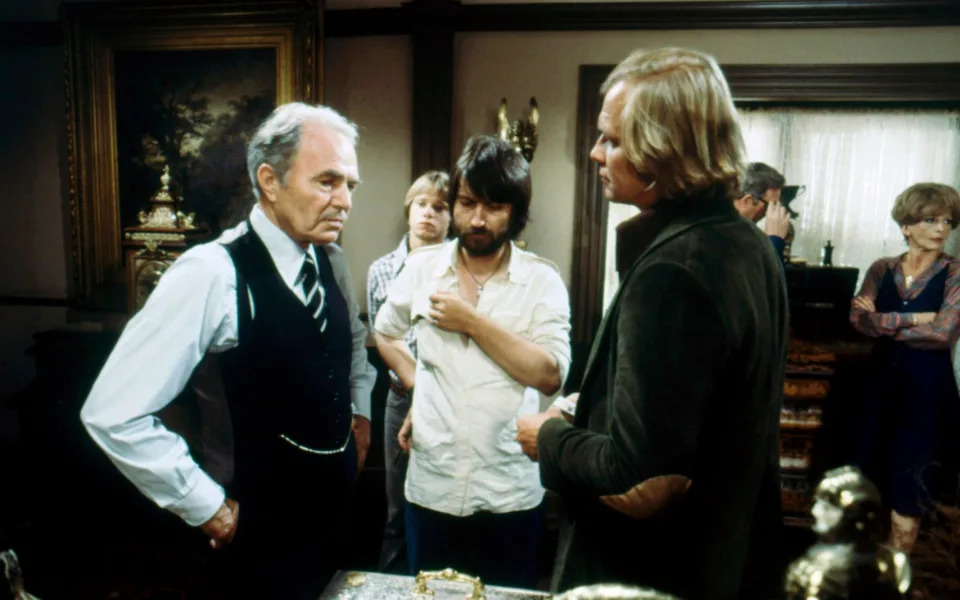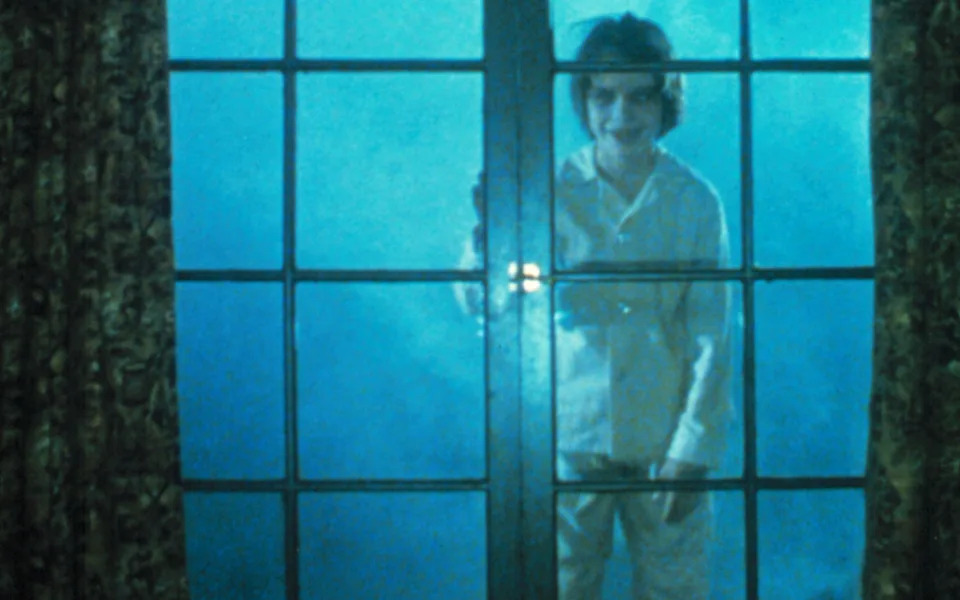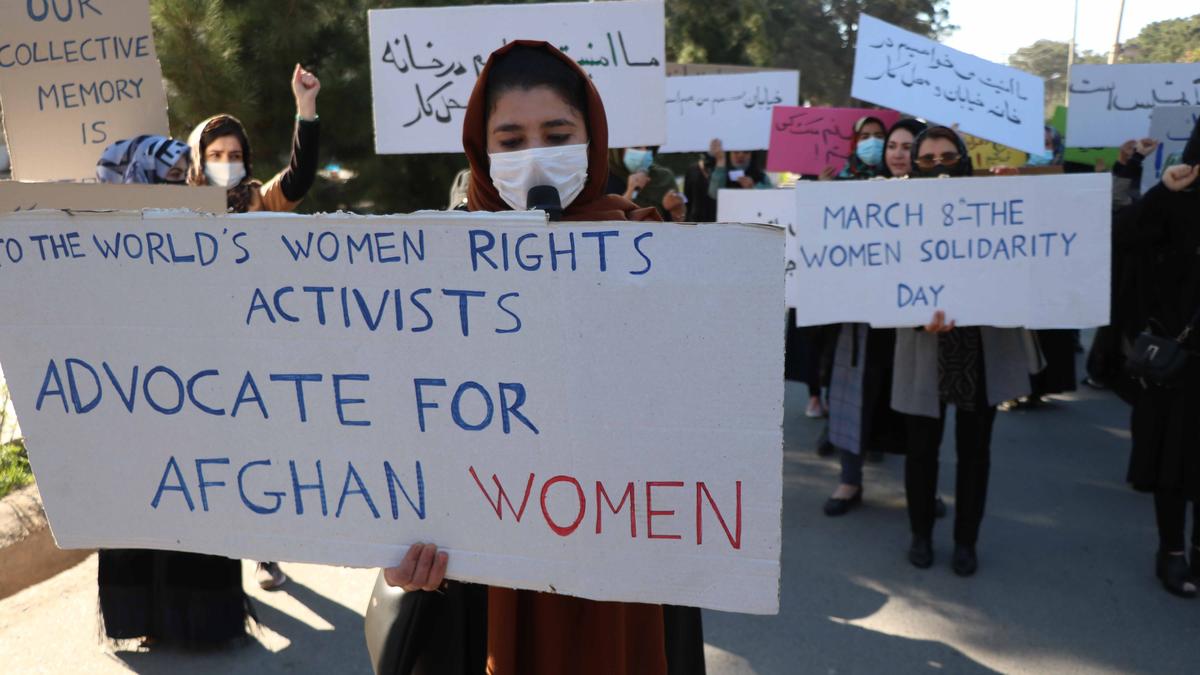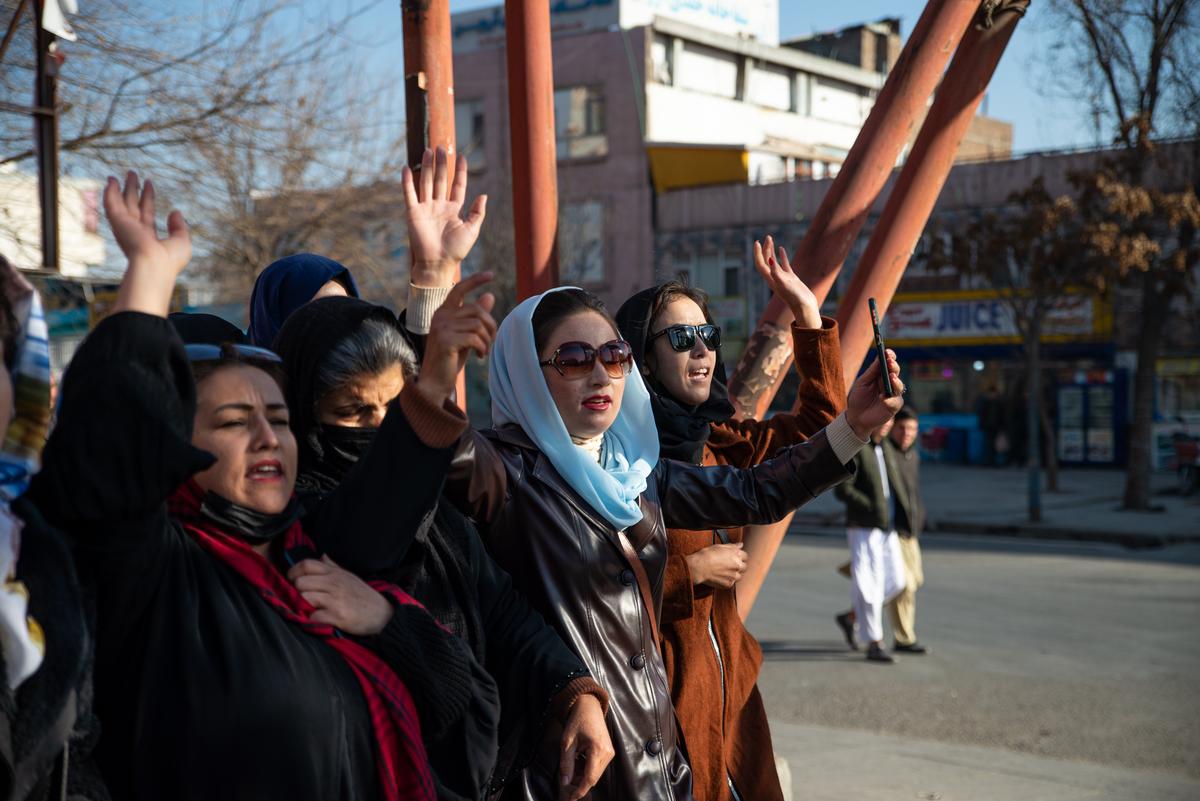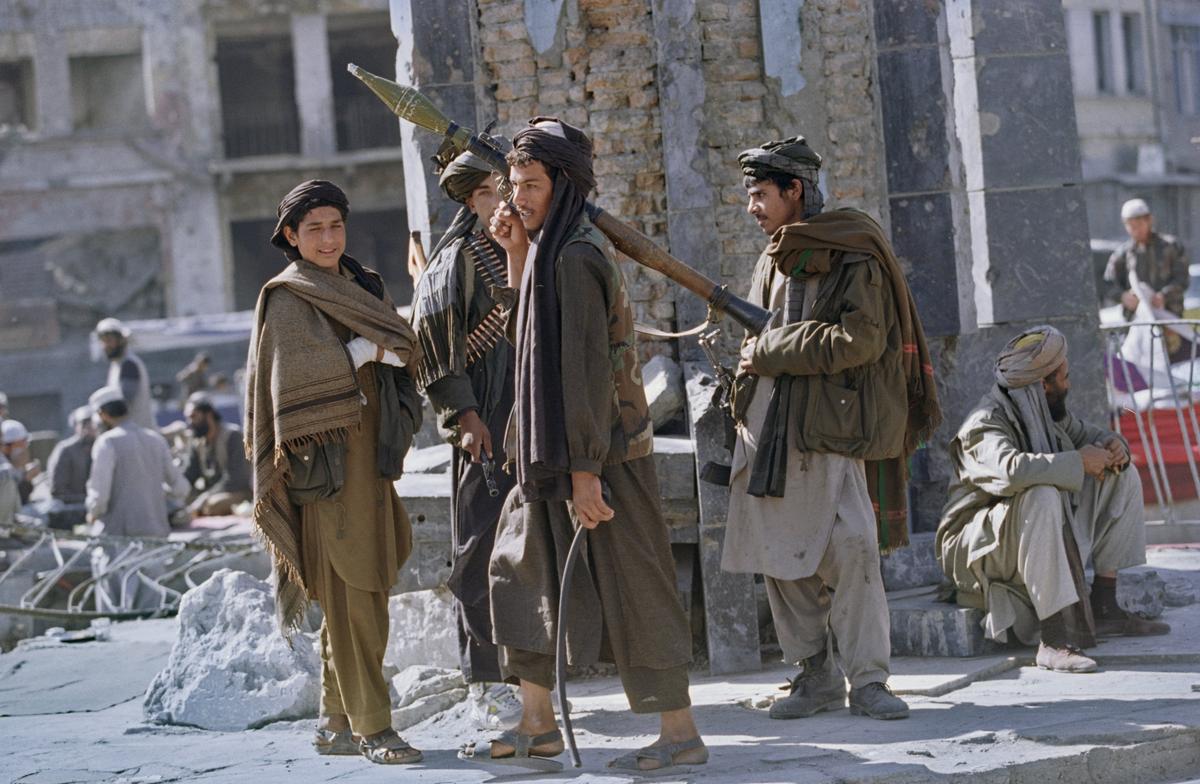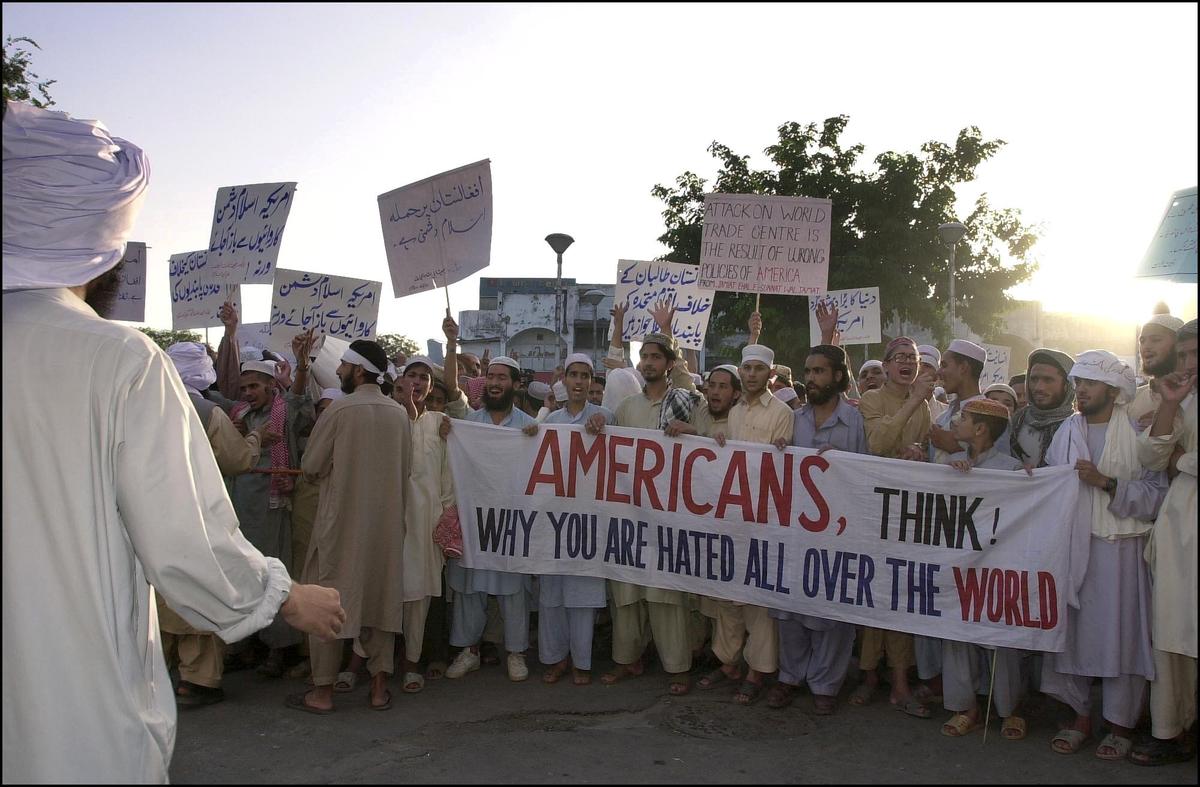

Fistula and child marriages: The two epidemics plaguing Pak women in Gilgit-Baltistan
Seema's battle with fistula unveils the tragedy of early marriage, urging society to confront the intertwined dangers of child marriage and women's health crises.
Visibly upset, Seema recounted her story, explaining why she received the honour. Married at the tender age of 13 and diagnosed with vaginal fistula when she was 16 years old, Seema’s existence has since become synonymous with agony.
Every villager, out of pity for her deteriorating health, would visit her, oblivious to the struggle she bore in silence. With no funds for treatment, her father-in-law had even asked the doctor to give her poison — a desperate plea for relief.
Before delving further into Seema’s story, it is important to understand what vaginal fistula is.
The condition occurs when an abnormal passage is created between the vagina and neighbouring pelvic organs like the bladder or rectum. This can lead to numerous complications, including urinary and faecal leakage, abnormal vaginal discharge, tissue damage, kidney infections, and various other symptoms. Doctors warn that untreated fistulas can escalate to reproductive system cancers, potentially even leading to death.
Seema described the pain to be so agonising that she wished for a quick death on several occasions. It’s a stark contrast to the dreams that typically fill the heart of a 16-year-old girl — dreams of a future adorned with aspirations and possibilities. However, Seema found herself teetering on the precipice of despair, grappling with the grim reality of her life-long disease.
It only makes sense for her to be called the ‘Woman of the Year,’ doesn’t it? Her journey isn’t merely reflective of the far-reaching consequences of fistula but is also a testament to the devastating consequences of child marriage.
Perils of child marriage
According to a Unicef report an estimated 18 per cent of young girls are wed before reaching adulthood [18 years of age], amounting to almost 19 million child brides in the country. The number of unreported instances is believed to be even higher.
As per the National Commission on the Rights of Child (NCRC), Pakistan has the sixth highest number of women married before the age of 18 in the world.
The adverse impacts of early marriage are manifold, encompassing the deteriorating health of the young bride, high-risk pregnancy, and impediments to both her education and personal growth. Moreover, in developing countries such as Pakistan, the unregulated cycle of childbirth places a heavy financial strain on parents, as they struggle to support multiple children, ultimately perpetuating poverty within these families.
Despite tireless global campaigns and legal enforcement in these countries, the insidious practice of child marriage persists. This prevalence is fuelled by a glaring lack of awareness regarding the severe repercussions of such unions, amplifying the issue.
The plight of girls under 18 is particularly dire, as depicted in Seema’s case. Her story serves as a stark reminder of the health complications faced by these young brides face. From debilitating conditions like fistula to a myriad of other ailments, many women are condemned to a lifetime of anguish. While some manage to recover through treatment, others suffer without ever experiencing improvement in their health.
What medical experts say
Dr Sajjad Ahmed, who offers free treatment to patients at Koohi Goth Hospital in Karachi, said that a significant number of women travel long distances from remote areas to seek treatment at the hospital located in the port city’s Bin Qasim Town. This reality underscores the inadequacy of basic facilities accessible to women in Pakistan.
At the other end of the country, Dr Sher Shah and his dedicated team annually organise medical camps in Gilgit, offering treatment and performing surgeries for fistula patients free of cost. While minor cases receive care at City Hospital Gilgit, those requiring more intensive procedures are referred to Koohi Goth Hospital in Karachi.
Dr Sher Shah mentioned how the hospital serves patients not only from across the country but also extends care to individuals from Afghanistan, Iran, Sharjah, and Yemen. Drawing patients from the farthest corners of Sindh, Punjab, Chitral, and Gilgit-Baltistan, including the remote locales of Skardu, Diamir, and Ghizar, individuals recover under their expertise. The hospital has provided free surgeries to almost 40 patients from Gilgit-Baltistan alone.
Despite the invaluable services rendered, the absence of more specialised hospitals for the condition remains a gap in the country’s healthcare infrastructure, he added.
Dr Nazneen Zamir Farooqi, a gynaecologist at City Hospital Gilgit, gets patients from remote areas of Gilgit-Baltistan, including Diamer, Astor, Skardu, Kharmang, Darel, and Ghizar. In many of these regions, the scarcity of healthcare facilities and the absence of skilled attendants during childbirth worsen the problem.
“The pervasive practice of child marriage significantly contributes to this crisis. When young girls are married off, their bodies are ill-equipped for childbirth — a biological reality — as physical maturity is typically achieved post-puberty,” she explained. Consequently, girls under 18 years face heightened risks of complications, and if they contract fistula, their suffering is only magnified.
The impact on women
Throughout pregnancy and childbirth, the absence of adequate treatment can result in a spectrum of deformities in women’s bodies, often leading to the onset of debilitating diseases. Among these, fistula stands out as one of the most distressing, inflicting not only physical discomfort but also profound psychological and social ramifications.
Girls married off at a young age have underdeveloped bodies and fragile bones. If they undergo childbirth before their bodies have fully matured, they are at risk of developing fistula. Similarly, older women who have borne numerous children may experience weakened muscles, rendering them incapable of delivering the baby during childbirth. In some cases, it may also lead them to develop this condition.
In both scenarios, giving birth to a child becomes an excruciating process for the woman, wherein the pressure exerted by the baby’s head against the muscles between the bladder and the vagina may result in the formation of a fistula. In many cases, the babies are stillborn. Without immediate medical intervention, the affected woman is condemned to endure the pain.
What does the Child Marriage Act say?
The Child Marriage Restraint Act of 1929, a federal law in Pakistan in alignment with international conventions on children’s rights, unequivocally condemns a marriage involving a girl under 16 years of age and a boy under 18 years of age as a violation of fundamental rights. Although each province in Pakistan has established its own regulations, in the absence of specific provincial guidelines, national law takes precedence.
Any breach of this law carries severe penalties, including imprisonment for up to six months and fines reaching up to Rs50,000, meant to serve as a deterrent against such grave infringements.
As per the Multiple Indicator Cluster Survey (MICS) conducted in 2016-17, the prevalence of child marriages in Gilgit-Baltistan, especially in areas such as Chilas, Darel, Tangir, and Kharmang, stands alarmingly high, soaring to approximately 26pc. Despite concerted efforts to tackle the issue, including the introduction of legislation in 2015, progress has been hindered by opposition within the legislative assembly, leading to delays in its enactment.
While the Child Marriage Restraint Act of 1929 is in place, its enforcement in these regions falls well short of the mark. And without a legal mandate imposing age restrictions, many see no obligation to adhere to the law. Subsequently, the absence of robust legislation and effective enforcement mechanisms perpetuates the cycle of child marriages, leaving the issue entirely unresolved.
It’s time to break the cycle
Child marriage is not merely a tradition; it has a direct bearing on human health and development. While marriage may bring a sense of satisfaction for many, it also entails significant responsibilities, demanding mental, physical, and financial preparedness. Experts argue that minors lack the maturity essential for a thriving marriage, posing potential health risks.
We cannot afford the luxury of complacency while the innocence of our children is sacrificed at the altar of an archaic practice. It falls upon each of us, as guardians of our collective conscience, to demand comprehensive legislation that will dismantle the structures perpetuating child marriages.
For the sake of our daughters and sons, for the preservation of their health, dignity, and dreams, we must act decisively. The time for rhetoric has passed; it is now time for action.
Header image — taken from Reuters
Shereen Karim is a freelance journalist from Gilgit-Baltistan. She has worked with local and international media platforms.


 Two girls point to the sky -- a gesture often used by Islamic State -- in the al-Hol camp in Syria where the families of IS fighters are held © Delil SOULEIMAN / AFP
Two girls point to the sky -- a gesture often used by Islamic State -- in the al-Hol camp in Syria where the families of IS fighters are held © Delil SOULEIMAN / AFP

 The vast Al-Hol camp in Syria holds more than 40,000 people -- all but 3,000 women and children © Delil SOULEIMAN / AFP
The vast Al-Hol camp in Syria holds more than 40,000 people -- all but 3,000 women and children © Delil SOULEIMAN / AFP









